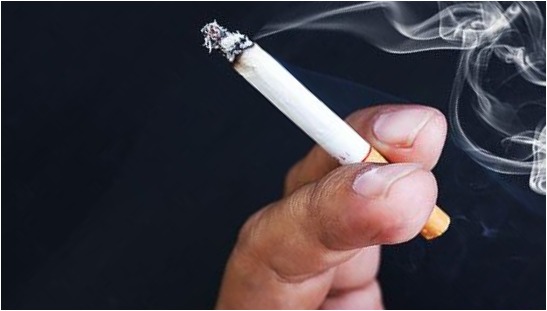
Secondhand smoke is dangerous and can be as harmful as smoking a cigarette. Secondhand smoke, also known as passive smoke or environmental tobacco smoke (ETS), is the smoke exhaled by a smoker and the smoke that comes from the burning end of a cigarette, cigar, or pipe. It contains thousands of harmful chemicals, including many that are known to be toxic and carcinogenic (cancer-causing).
Breathing in secondhand smoke exposes non-smokers to the same toxic chemicals and health risks that smokers face, although in smaller amounts. Secondhand smoke has been linked to a range of adverse health effects, including:
- Respiratory problems: It can exacerbate asthma symptoms, cause coughing, wheezing, and shortness of breath, and increase the risk of respiratory infections in both children and adults.
- Cardiovascular diseases: Secondhand smoke exposure can increase the risk of heart disease and stroke in non-smokers.
- Cancer: Prolonged exposure to secondhand smoke can increase the risk of lung cancer and other types of cancer, particularly in non-smokers.
- Sudden infant death syndrome (SIDS): Infants exposed to secondhand smoke are at a higher risk of SIDS.
- Ear infections: Children exposed to secondhand smoke have an increased risk of ear infections.
- Worsening of existing health conditions: Secondhand smoke can worsen conditions like allergies and chronic respiratory illnesses.
It’s important to protect yourself and others from secondhand smoke exposure by avoiding areas where smoking is allowed and ensuring that your living environment is smoke-free. Smoke-free laws and regulations have been implemented in many public spaces and workplaces to reduce secondhand smoke exposure and protect public health.
If you are a smoker, quitting smoking is the best way to protect yourself and others from the harmful effects of tobacco smoke. Additionally, supporting policies that create smoke-free environments can have a positive impact on public health and reduce the risks associated with secondhand smoke.
